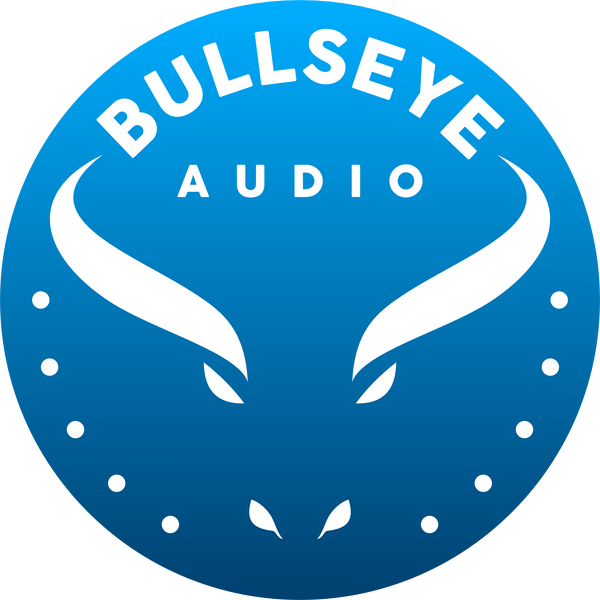Getting a mix to sound good on all systems can be a challenging process, but it doesn’t have to be.
Let's paint the scene, you’ve just finished mixing and mastering your new song and think it sounds amazing. You brought your friends and family into your bedroom studio to listen to it, they think it’s your best track yet.
Feeling as confident as ever, you send your track off to one of your favorite artists. Luckily for you, the artist you emailed is currently working on their new album and accepting submissions from up-and-coming producers. They see your email and play your beat on the studio monitors.
The same track that sounded awesome in your studio has suddenly fallen completely flat in the professionally designed studio. The mix has hardly any low end, and overall it lacks balance and clarity. The song has lost the “wow factor” that it had in your home studio.
The artist tells the engineer to pull up another track, this one by a producer that works in a world-class recording studio. They play it and are blown away by the dynamics and overall sound. It is clear that the producer knew what they were doing. The artist catches inspiration and writes a hook to it on the spot. Unfortunately, they’ve already forgotten about your beat.
What happened here? Why didn’t the song that sounded awesome in your home studio translate to the professional studio?
The culprit is your system’s frequency response.
For those who don’t know, a frequency response graph shows how loud your audio system (speakers or headphones) plays at different frequencies. Ideally, this graph should be flat, but for speakers, this is hardly ever the case.
Guidelines for professional studios define a range of about +/-3dB from flat as being acceptable. Here is a frequency response measurement that I took in my current home setup.

Clearly, this response does not fall within the suggested bounds defined by the professional guidelines.
To briefly explain what this measurement means in the real world, let's circle back to the aforementioned scenario.
Imagine that the above graph is a measurement that was taken of your home studio’s frequency response. First and foremost, the bass frequencies (40Hz - 125Hz) are playing anywhere from 5 - 20dB louder than neighboring frequencies (<35Hz and >150Hz).
When listening in this setup, your inclination will be to turn the bass down because your system is playing it too loud. It is important to realize that it isn’t the bass in the song that is too loud, but rather your system is playing it back too loud. This problem can and does occur at all frequency ranges so it is important that your system’s frequency response is flat (or at least within the professional guidelines) through the entire audible range (20Hz - 20kHz).
If your system had a flat response like the graph shown below, you could trust your ears with full confidence that whatever you are hearing is reflective of your song and not your setup.

Shown above is the measured response of my speakers in the same room after applying digital signal processing (DSP). The response falls within the recommended bounds and will provide listeners with an accurate sonic impression of whatever they are working on.
It should be clear at this point that producing, mixing, and mastering in an environment with a flat response is more conducive to creating mixes that translate well to other environments.
Now the question becomes, how can I get my system to measure flat like the graph above? For speaker correction, an advanced DSP correction algorithm along with proper room dimensions and speaker positioning is required.
We will be releasing a speaker correction software in the near future so subscribe to our newsletter to be informed when it drops.
In the meantime, we offer another solution that is more accurate, less expensive, and portable.
Neptune is a software that we developed that transforms Apple EarPods (wired 3.5mm) into a world-class studio. The software corrects the frequency response of these headphones so that they measure completely flat.
While you may be skeptical of Apple EarPods, they are actually the ideal headphone for us to work with. Simply put, our patent-pending algorithm works best on in-ear headphones, and Apple EarPods (wired 3.5mm) have world class distortion performance. It also doesn't hurt you can get them on amazon for only $14.
Creating with Neptune is the key to getting mixes that translate. Try it today for free for 14 days and hear it for yourself.
